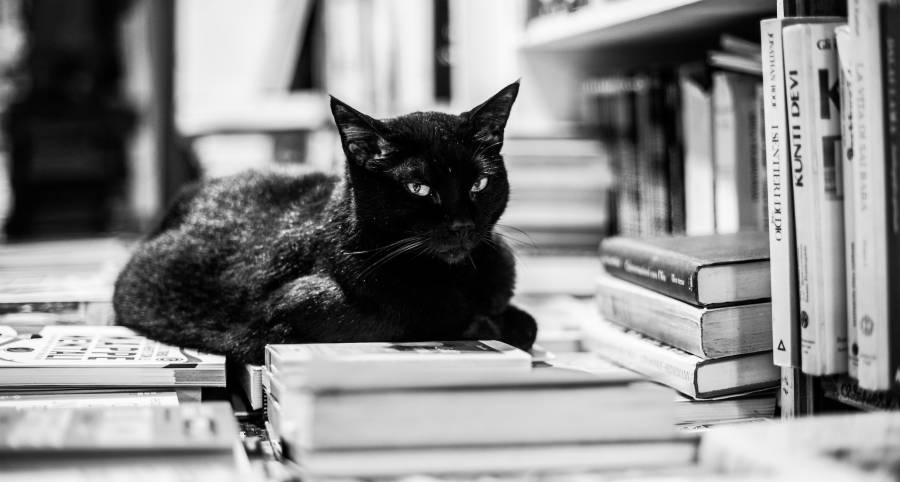Novel Structure
On this page, we'll talk about novel structure, including plot structure and how to organize scenes. For more writing tips, be sure to join our free email group.
Plot structure
At the most basic level, a story plot is about a character struggling against a problem.
Examples:
- Dorothy struggles to find her way home from the magical land of Oz.
- Bridget Jones struggles to find love.
- Kinsey Milhone struggles to solve a murder.
- Harry Potter struggles to save the world from the evil wizard Voldemort.
- Robinson Crusoe struggles to survive alone on a deserted island.
This struggle is called the story conflict, and it is the central thread of a story.
The story's plot is the sequence of events that show the evolution of the character's struggle. Compare random events, versus story plots...
Random events:
- Bob and Jane go to the beach for vacation.
- Bob loses his job.
- Their daughter gets a role in the school play.
- They have a minor car accident.
- Bob starts taking evening classes.
- They adopt a puppy from the shelter.
Plot:
- Bob loses his job but is too ashamed to tell Jane.
- He pretends to go to work each day while secretly job-hunting.
- Bills start piling up, and Jane can't understand why they're suddenly struggling.
- Jane discovers their bank account is empty.
- Bob finally confesses about having lost his job.
- Jane is hurt by the deception but helps Bob face their financial problems together.
Random events:
- Sarah moves to a coastal town.
- She learns about local marine wildlife.
- She meets a handsome fisherman.
- She discovers evidence of illegal industrial dumping poisoning the local waters.
- She gets a job at a factory.
- A big storm hits the area.
Plot:
- Sarah moves to a coastal town.
- She discovers evidence of illegal industrial dumping poisoning the local waters.
- She attempts to publicize the problem.
- She faces threats from the company responsible for the dumping.
- She races to gather proof of the dumping.
- She uses the proof to force the company to stop the dumping.
In a plot, the events are connected by their relationship to the character's struggle.
The first part of your novel will set up the character's struggle, and the ending will show or hint at the result of that struggle.
In the middle are scenes that show:
- the actions the character takes to try to overcome the problem
- the results of the character's actions
- new obstacles or complications that arise along the way, and the character's response to those.
You can read more about plot structure here.

Scenes
The main building blocks of a novel are scenes.
A scene shows how the story's action plays out instead of just summarizing it. Compare summary to a scene:
Summary:
I came home after midnight. My mother was furious, and threw me out of the house.
Here's the beginning of a scene showing the same event.
I unlocked the door as quietly as I could and slipped into the dark kitchen. Then I saw my mother standing there in her long nightgown, silhouetted by the light from the hall. I expected her to shout at me, and when she spoke quietly, almost whispering, the effect was chilling. "If you can't follow the rules of this family," she said, "then you can't live here anymore. Go pack your things and get out."
Scenes may include:
- descriptive details (e.g., "dark kitchen," "long nightgown," "silhouetted by the light..."
- action (e.g., "unlocked the door," "slipped into...")
- dialogue (e.g, "'Go pack your things and get out.'")
- internal experience (e.g., "I expected her to shout at me...")
A scene generally includes some kind of change or shift -- in this case, from the character living at home to them being thrown out.
A plot is brought to life through scenes, connected by summary and transitions.

Types of novel structure
The default structure for a novel is linear and chronological, showing events in the order they happen.
If you don't have a good reason to choose another structure, then use this one (you can always add the occasional flashback if needed).
But there are other ways to organize a story...
Alternating points of view.
You might write a romance novel with some chapters from one lover's perspective, alternating with chapters that retell the same events through the other lover's eyes.
Dual timeline.
This structure alternates between two related storylines in different time periods. For example, let's say my novel is about a ghost hunter named Claire who is investigating a haunted house. I can have one storyline that shows Claire's investigation in the present day, while other chapters are set in the 19th century and show the tragic events in the house that caused it to be haunted.
Multiple/braided timeline.
This structure includes several storylines in different time periods that are woven together.
For example, Anthony Doerr's CLOUD CUCKOO LAND weaves together:
- the story of a Korean War veteran in present-day Idaho;
- a young boy in Idaho during the Cold War
- the story of a girl on a spaceship in the future
- the stories of a girl in 15th-century Constantinople and a boy who joins the Ottoman forces attacking that city.
These different storylines are presented in alternating chapters. They are connected by an ancient manuscript that survives various historical events and touches the lives of all of the characters.
Frame story.
This structure begins and ends with one time period, while the part in the middle is a storyline from a different time. Often, the beginning and ending are set in the present day and the main storyline is in the past.
For example, let's say I want to write a story about a murder in the 19th century....
- I can open the story in the modern day with a character named Claire entering the house where the murder took place and sensing the ghosts of the past.
- Then, I can switch to the main story, which shows what happened in the house over a hundred years ago.
- I finish back in the present day, where Claire is performing a ceremony to finally bring peace to the haunted house.
Epistolary story.
This is a story written in the form of letters, diary entries, documents, emails, social media posts, etc.
Circular story.
This structure begins and ends with the same situation, and what happens in the middle changes our understanding of that situation.
For example, the story might begin and end with a character named Alex in a courtroom, being convicted of arson, while the main part of the story shows the events leading up to the character's crime, so by the time we come back to the courtroom at the end, we understand why Alex burned down her family home.
In medias res.
This type of story opens in the middle of the action, then explains how we got there.
For example, the story might open with Alex burning down her family home and then go back in time to show the events leading up to that.
Parallel narratives.
Another way to tell a story is through parallel narratives in the same time period. For example, if I'm writing about a sister and brother whose lives have been shaped by family trauma, I could alternate between chapters that show the sister's life in California and the brother's life in Hong Kong.

Novel Structure - Next Steps
Join our free email group for more writing tips and advice!
You also might enjoy these articles: